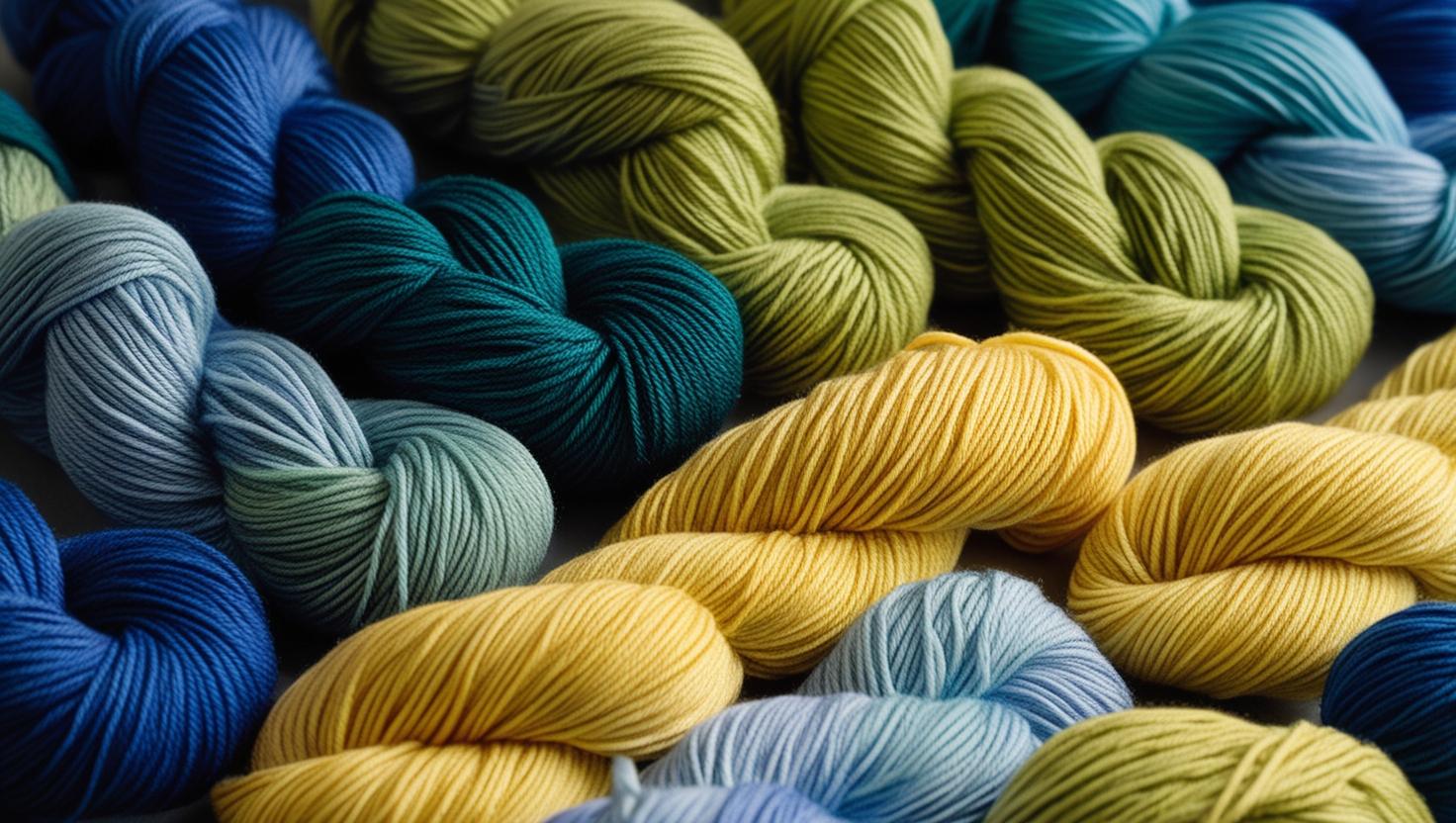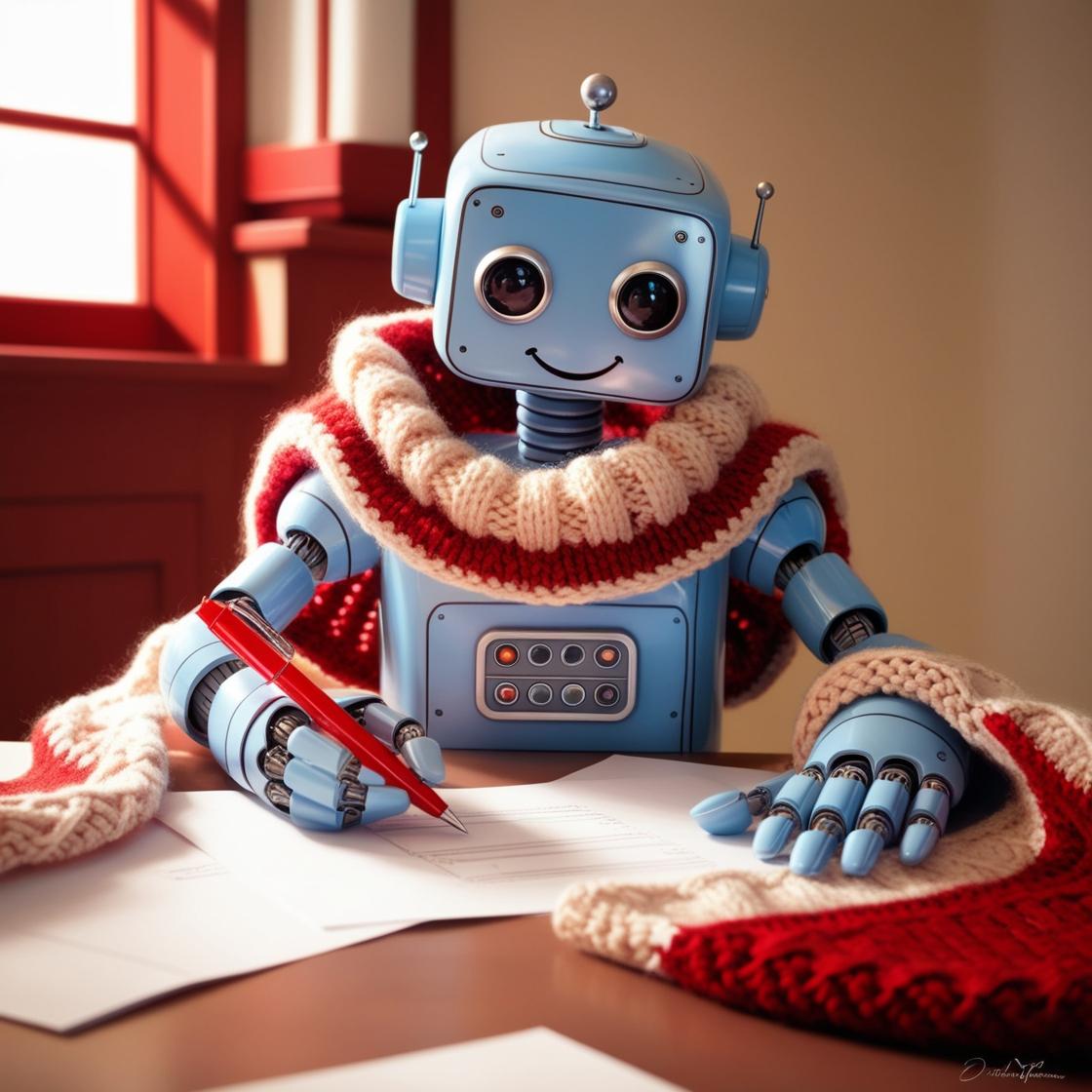In my last post, we saw what happens when you try to use AI to write or edit a knitting or crochet pattern. Yikes! So how can fiber based businesses use AI? But first, what is AI? Basically, AI (artificial intelligence) is a very complex search engine. It takes the data entered to train and
Category: Uncategorized
I tried it with my own free dishcloth pattern. Here is the original: BASIC DISHCLOTH YARN-Lily Sugar’n Cream Super Size Yarn, one ballMATERIALS-US H/8 (5.0mm)Yarn needleDIFFICULTY-BegginerFINISHED SIZE-5½”x 6¼”/14cm x 16cm GAUGE-13 sc x 15 rows = 4” /10cm square ABBREVIATIONS-ch(s) – chain(s)sc – single crochetst(s) – stitch(es) NOTES-This is a super-easy begginer pattern to make one dishcloth.
Designers, have you ever thought about using a tech editor, testing pool of volunteers, or maybe even a sample maker? Knitters and crocheters, do you wonder what the differences are between these three, and which would be a good fit for you? There are fundamental differences between testers, sample makers, and tech editors in the
One question I hear frequently is “do I need to block freshly knit socks?” The answer to that question can be a bit complicated! It is a general rule that you must block lace shawls and scarves and the like, or they will look like a pile of yarn vomit. Bunched up with no lace
The whole world has changed since my last blog post! In light of the current pandemic, I thought I’d bring you some inspiring quotes to cheer and give hope! Please note that I do not claim ownership of any of these images or quotes!
I might just be a tad obsessed with sock heels! They are essential to a great fitting sock, and if you choose the right one, you’ll never want to take your hand-knit socks off. Here is a glossary of sock heel patterns, with links, for your enjoyment and education. Sock Heel Patterns Glossary
One question that keeps coming up lately is “Which comes first, tech editing or testing?” For new designers, the whole process can be slightly confusing at first. What exactly are the differences between tech editing and testing a pattern? A tech editor is someone that thoroughly reviews your pattern for missing pieces, grammatical errors, and
Ever knit a sock and you can’t pull it over your heel? Or the sock slides down your foot inside your shoe? Working the heel of a sock can be one of the most enjoyable (or hated) part of knitting a sock. And with so many choices, how do you pick the right one for
Have you ever wanted to grade your own knitting or crochet patterns, but get hopelessly stuck on the tricky parts? You have a vision of the perfect sweater, but the numbers are just out of reach? Or you’re ok until you get to the extended sizes, then you’re stumped? Announcing the new grading course by
In a sea of editors, with most claiming to be *just* what you need, how do you pick one? If you haven’t already done so, go check out my previous post on questions to ask potential Tech Editors. This is the follow-up post to all the questions your potential Tech Editor should have answered. Here

